Asus Chromebook CX9 (CX9400CE) review: The most stylish Chromebook on the market
A sleek, expensive Chromebook that tries to bring professional style to Google’s OS
-
+
Stylish, strong and light chassis
-
+
Great keyboard
-
+
High-quality screen
-
+
Solid Core i7 processor
-
-
Mediocre battery life
-
-
Other laptops are faster
-
-
Expensive

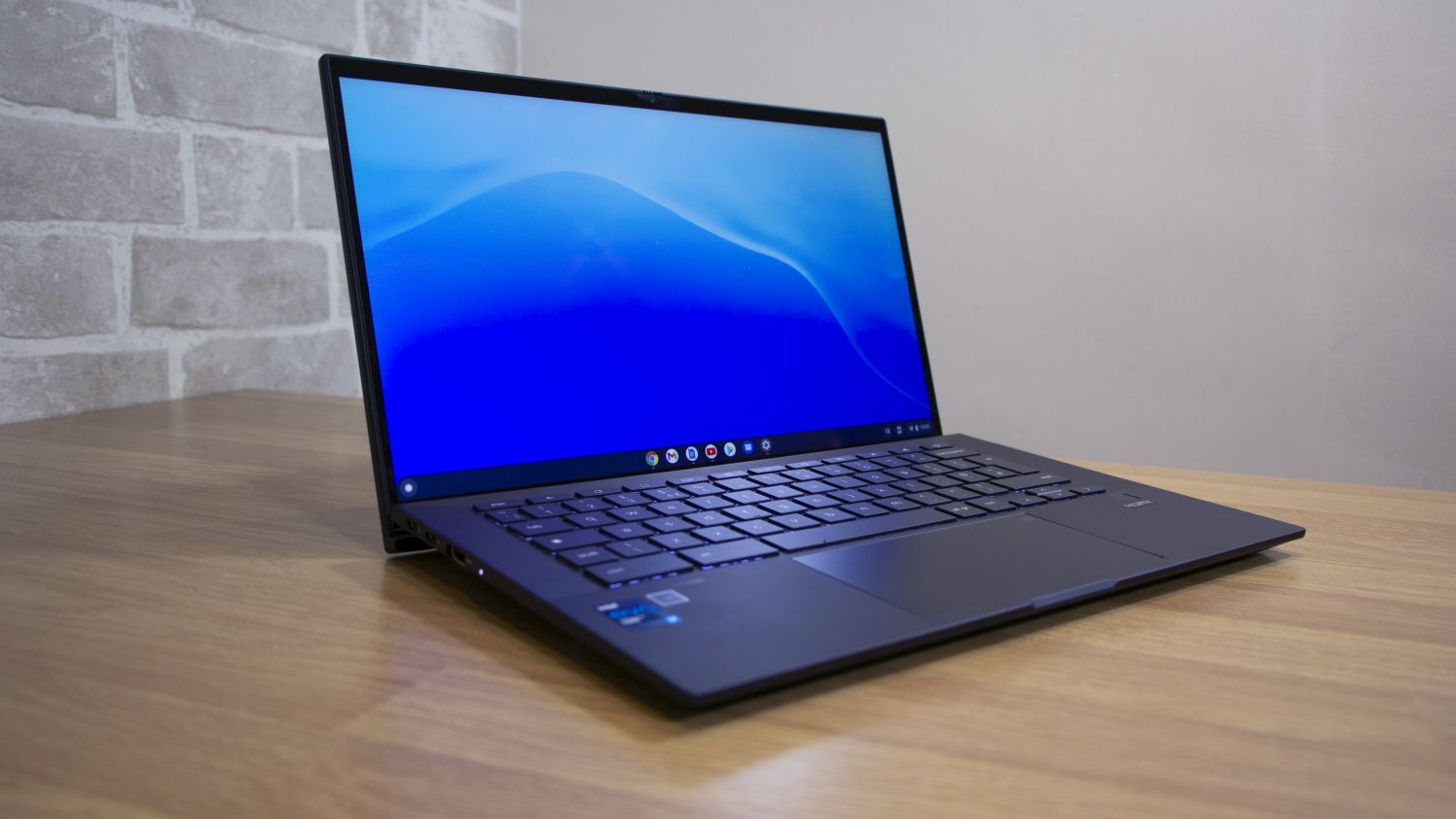
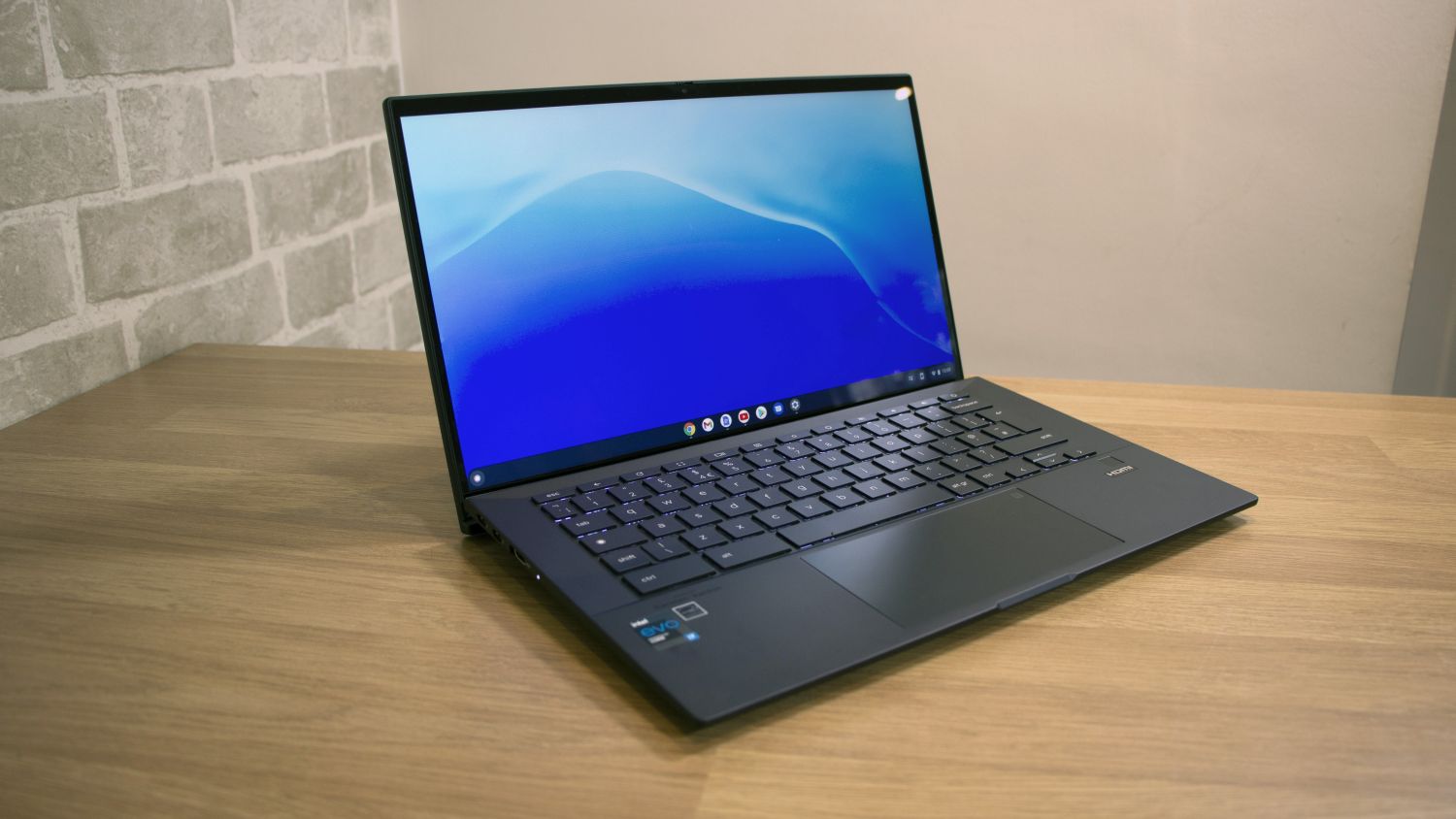
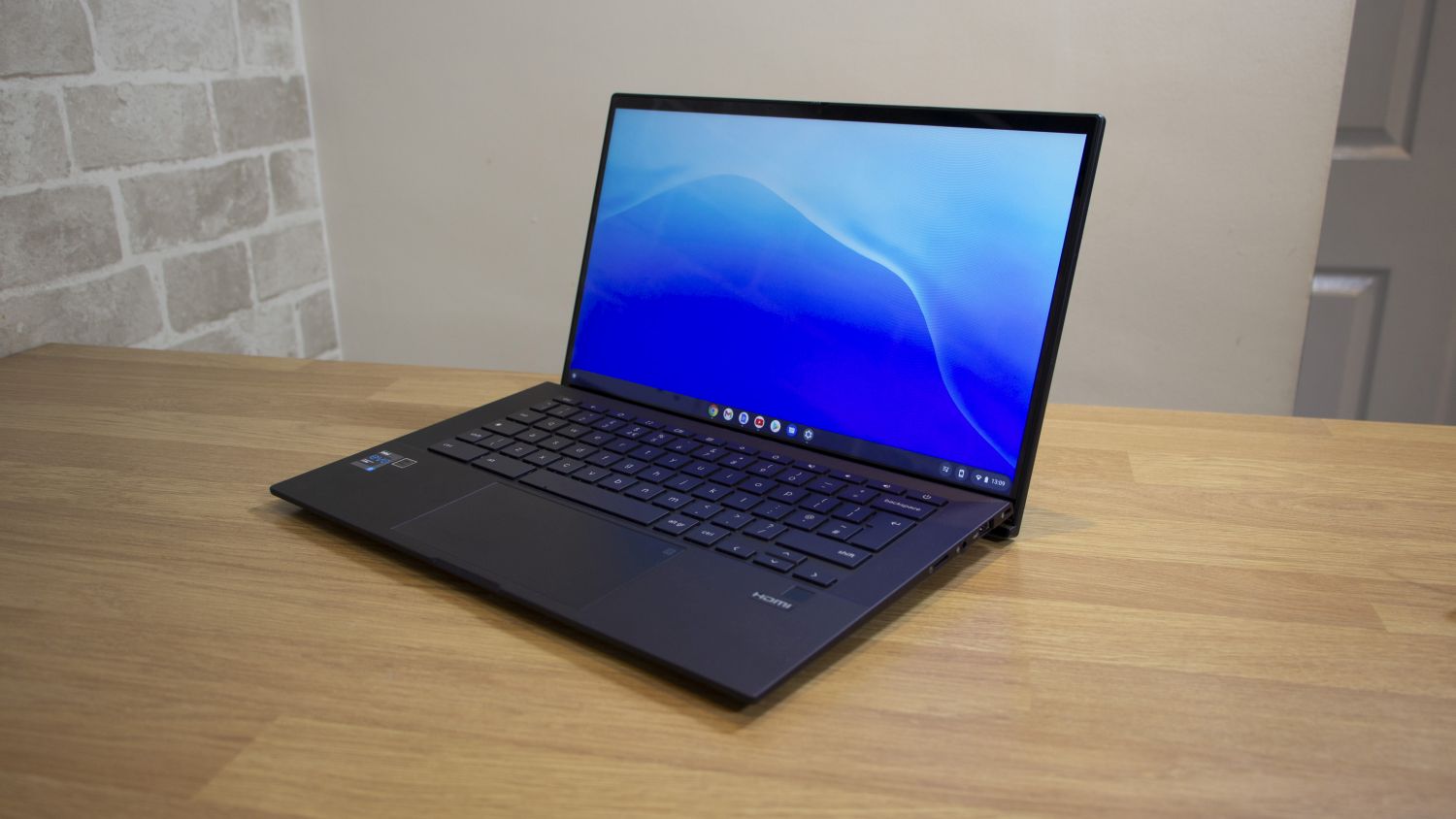
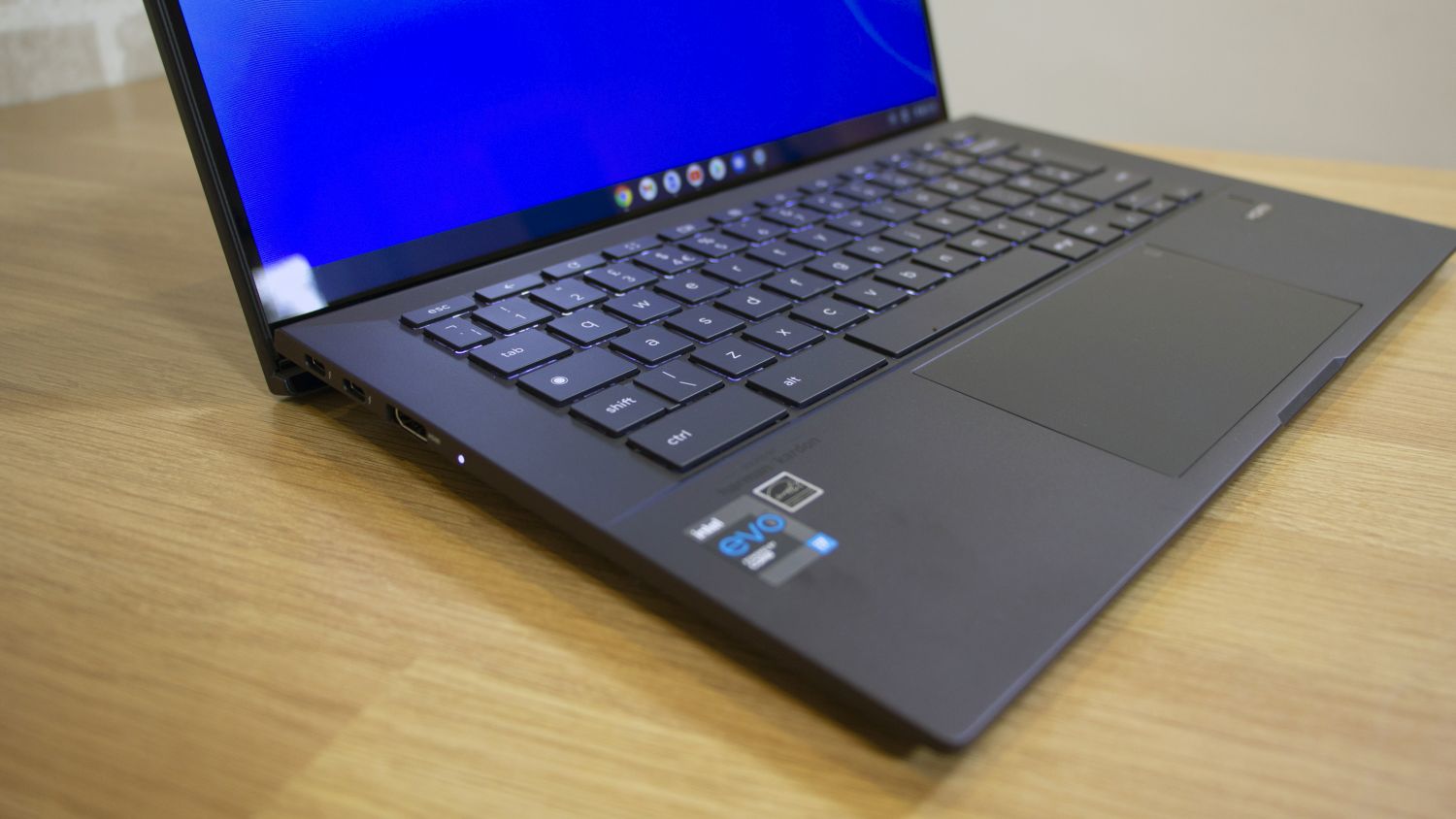
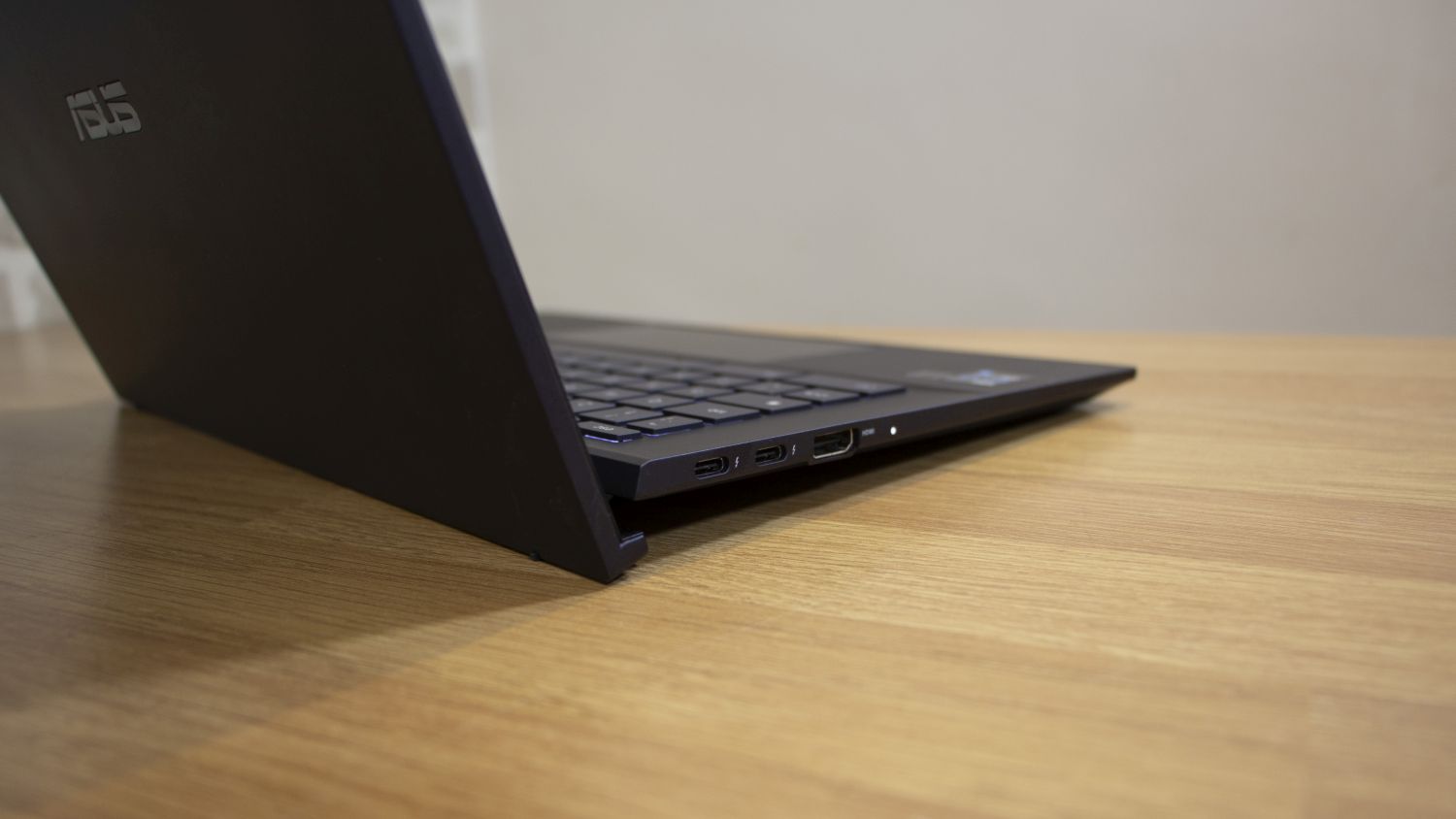
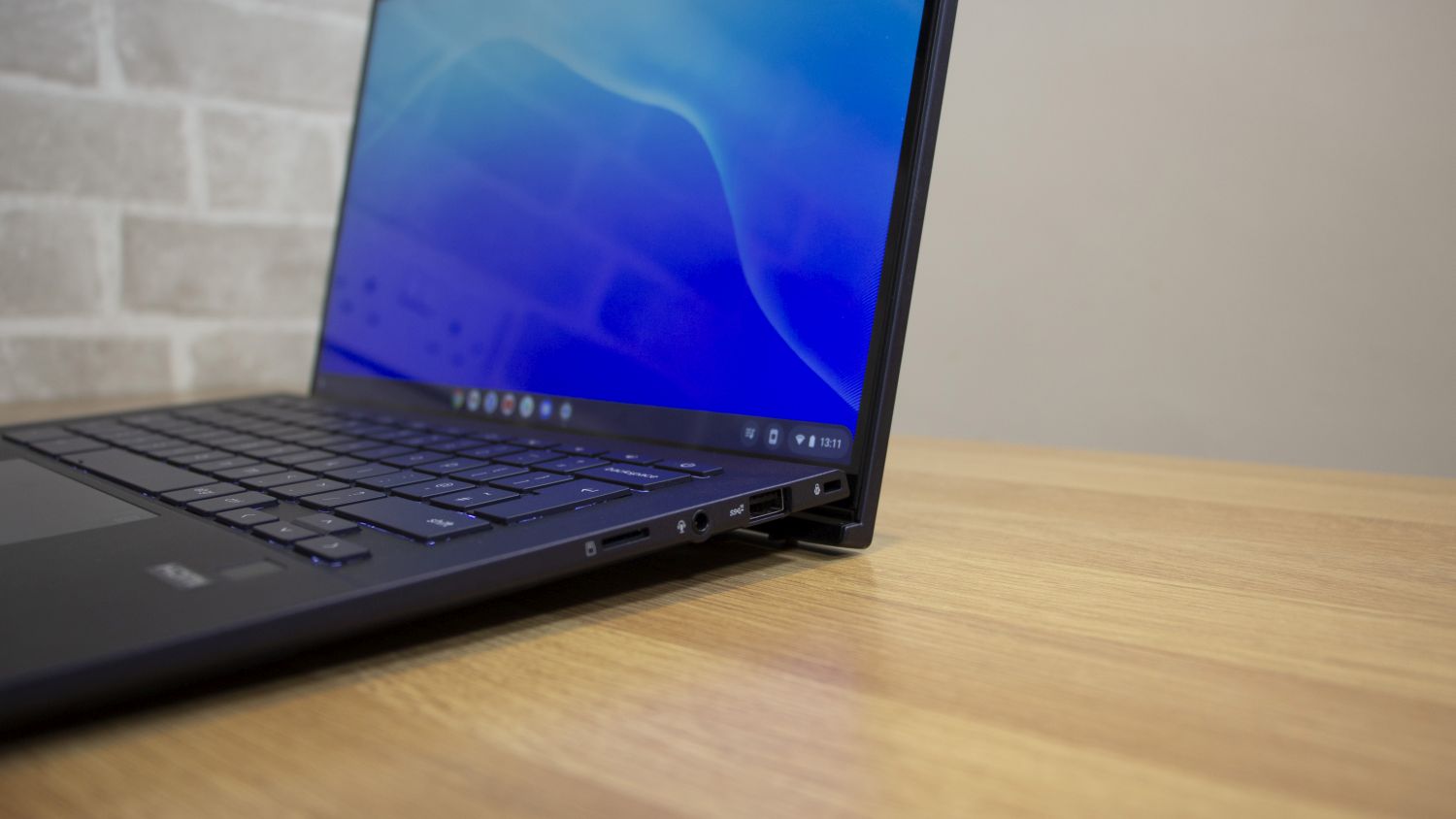
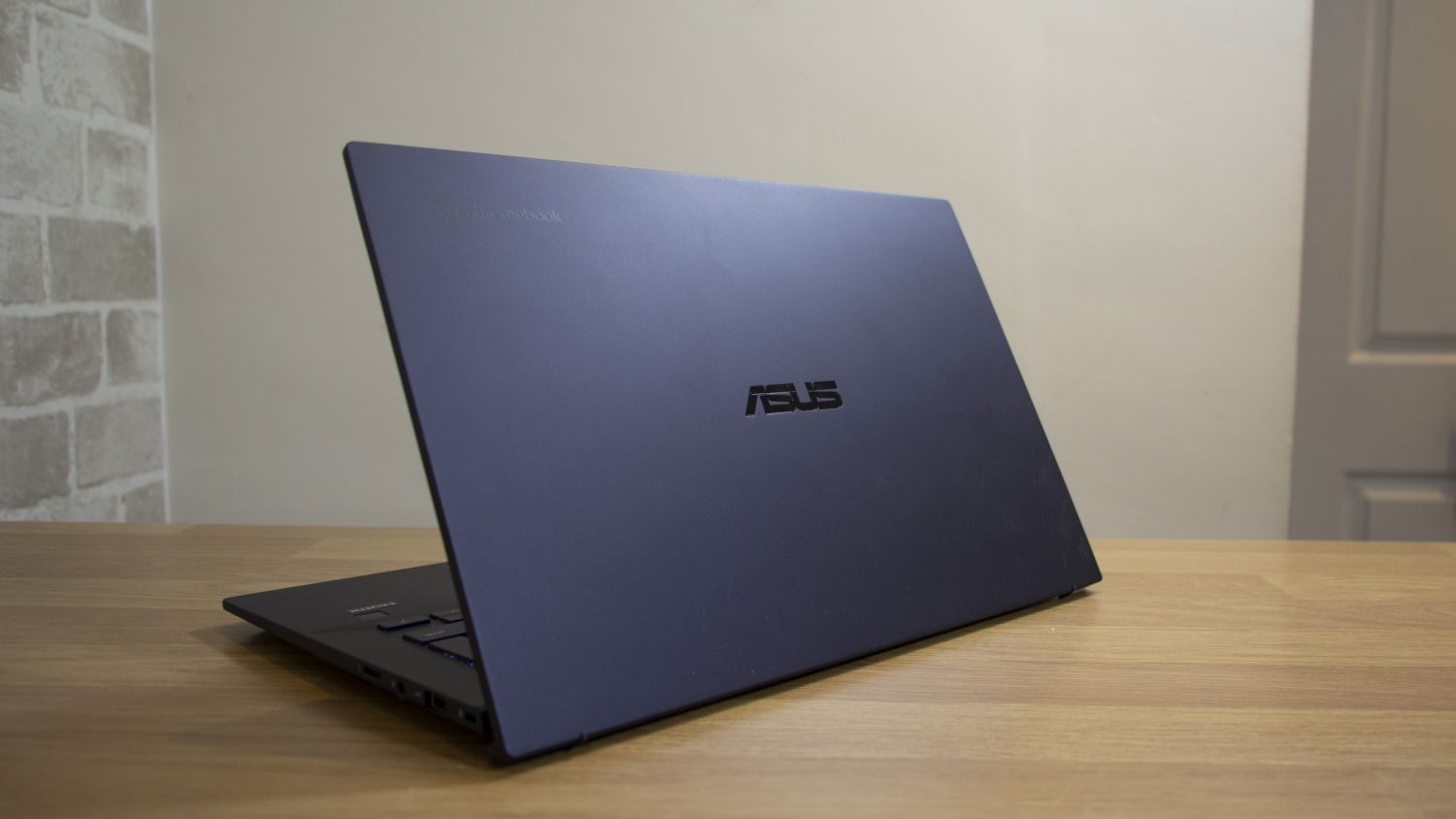
By now, we’re well past the point of Chromebooks universally being cheap-and-cheerful budget laptops, but even with that in mind, the Asus Chromebook CX9 is one of the most expensive Google-powered portables you’ll find anywhere.
That’s thanks to its price of £1,084 exc VAT, which is more than twice the cost of most other Chrome OS laptops, and it means this laptop has to impress in every department to justify such a cost – especially when you can get Windows or Mac OS machines for that kind of money.
Asus Chromebook CX9 review: Design
Happily, the Asus gets off to a superb start. The magnesium-alloy chassis has a matte black finish that looks brilliant – sleek and stylish, and just as good as any of the other luxury business notebooks on the market.
This laptop isn’t just about good looks, either. It adheres to MIL-STD-810H standards for shocks, drops, vibrations, changes in temperature and usage at different altitudes, and it feels reassuringly sturdy in the hand – there’s barely any movement in the base and display. It’s easily strong enough to survive a busy business life.
The CX9’s dimensions also impress. It’s 16mm thick, 322mm wide and weighs 1.15kg. Those are great figures for any notebook, no matter the OS: the latest MacBook Pro 13 is slimmer but heavier, and the CX9 is no thicker or heavier than cheaper, flimsier Chromebooks like the Asus CX1 and the Lenovo IdeaPad Flex 5.

If you want to compare the CX9 with Windows machines, it’s still a good outlook: the MSI Prestige 14 Evo and latest Dell XPS 13 have similar prices to the CX9, and both are heavier. In short, the Asus looks fantastic, it has the build quality to cope with a busy lifestyle, and it’s slim and light enough to easily match its rivals.
Asus Chromebook CX9 review: Keyboard & Trackpad
It’s got a good keyboard, too. The chiclet buttons are snappy, and fast, and they’ve got plenty of travel alongside a consistent typing action. Too many small laptops have keyboards that feel soft or hollow, and that’s not the case here – the CX9’s excellent keyboard is ideal for hours of typing.
There’s a little more travel here than on the MacBook Pro and the latest Dell XPS. The ErgoLift hinge tilts the keyboard towards the user, which makes the typing position more comfortable, and there’s a fingerprint reader below the keyboard. The unit is spill-resistant, too.
There’s a wide trackpad below the keyboard, and it’s accurate and with crisp buttons. We’d prefer the buttons to feel a little lighter, but that’s a minor criticism.
The only other issue is the lack of numberpad. As with many Asus laptops, you can overlay a virtual numberpad over the trackpad, but this stop-gap solution doesn’t always register keypresses and is unsatisfying to use. If you do lots of work with figures or data, you’d be better-suited to a larger notebook with a proper numberpad.

Asus Chromebook CX9 review: Display
The screen is another area that could do with more space. The CX9’s 14in panel has a 1080p resolution and IPS hardware underneath, but it’s not a touchscreen and it has a 16:9 aspect ratio. Dell and Apple’s flagship laptops both use alternative aspect ratios that provide extra vertical space, and we wish that Asus has gone down that route with the CX9.
That’s our only significant criticism when it comes to the display, though. The panel’s brightness peak of 366cd/m2 is just high enough to tackle indoor and outdoor use, and its black point of 0.22cd/m2 helps produce a contrast ratio of 1,663:1. That’s superb, and means that the CX9’s display serves up huge contrast, loads of vibrancy and impressive depth – everything has lashings of punch. The Delta E of 1.39 also means colours are accurate, and the panel rendered 96.6% of the sRGB gamut, so it’ll produce virtually every shade required by mainstream apps.
That’s a fantastic set of benchmarks, and better than virtually any other Chromebook. Whether you’re doing mainstream photo-editing, watching movies, or giving presentations, everything will look bold and accurate on this screen.
Asus Chromebook CX9 review: Hardware & Performance
Our review sample deploys a quad-core Intel Core i7-1165G7 processor with base and boost speeds of 2.8GHz and 4.7GHz alongside Intel Iris Xe graphics, 16GB of DDR4 memory, and a 512GB SSD.
It’s good hardware, and the CX9 returned scores of 1,355 and 2,487 in Geekbench 5’s single- and multi-core benchmarks. The former score is what we’d expect from this chip, but the latter is at the bottom end of the range for this processor and suggests that the chip doesn’t run at its full potential.

You wouldn’t know that the CPU isn’t running at full pelt in real-world use, though. The Asus handled office apps and loads of browser tabs without complaint, and we were able to run browser tabs alongside Spotify, social media apps and email clients with no problems. The CX9 was never loud or hot, either.
This laptop can run anything you’ll realistically want to do on a Chromebook, including mainstream photo-editing. Bear in mind, though, that this chip will be faster in Windows laptops, and that Apple’s M1 processors are quicker still – and will soon be superseded by even better versions. If you want to run high-end content-creation and design tasks, Chrome OS still isn’t the best platform and the CX9 is not the best choice.
The SSD falls into a similar trap. Its read and write speeds of 511MB/sec and 335MB/sec are good enough to keep Chrome OS responsive and to ensure rapid boot times, but the NVMe drives used in Mac OS and Windows devices are far quicker.
The battery is another area where the Asus is only middling. The 50Wh battery lasted for 10hrs 47mins in our 170cd/m2 video rundown test. If you plan to run loads of browser tabs or tough apps, expect that figure to drop to around eight hours. That’s a mediocre result; you’ll probably get through a working day with this machine, but it’s no better than cheaper Chromebooks and a long way behind the best Windows devices. The Asus CX1 lasted for more than eleven hours, for instance, and the affordable HP Envy 13 delivered more than fourteen hours of longevity.
Asus Chromebook CX9 review: Ports and Features
The CX9’s left-hand edge has two Thunderbolt 4 ports, which means you get 40Gbps data transfers and 45W of fast-charging power delivery – although one of those ports functions as the AC connector. The Asus also has a full-size HDMI and USB 3.2 Gen 2 sockets, a Kensington lock slot, an audio jack, and a microSD card reader. On the inside, the Asus has dual-band Wi-Fi 6 and Bluetooth 5.2, and its 720p webcam has a physical privacy shutter.

It’s good connectivity, and it matches many Windows laptops – and goes beyond the Apple and Dell machines, which rely on Lightning and Thunderbolt connections while eschewing full-size ports.
The 720p webcam is fine for casual conference calls, but a sharper 1080p unit would have been better. There are no mobile broadband options here, and an upgrade to Wi-Fi 6E could have avoided congested connections in the future. The speakers are mediocre, too, thanks to an absence of bass and nuance. They’re tinny and only good enough for casual media duties.
Asus Chromebook CX9 review: Verdict
The Asus CX9 is one of the priciest Chromebooks on the market, but it does a tremendous job of defending its price. It looks fantastic, it has impressive build quality, and it’s slim and light. It excels in several practical departments too: the keyboard is superb, it has good connectivity, and its display is bright, bold, and accurate.
It’s not perfect, however. The processor handles any Chrome OS task easily, but other laptops are quicker. Battery life is fine, but not great. If you want ultimate performance or lengthy battery life, look elsewhere.
For most people, though, the CX9 does the job with style. It might be expensive, but it’s one of the best Chrome OS laptops you can buy.
Asus Chromebook CX9 Specifications
| Processor | 1.2GHz-2.8GHz Intel Core i7-1165G7 |
| RAM | 16GB DDR4 |
| Graphics | Intel Iris Xe |
| Storage | 512GB SSD |
| Display | 14in 1,920 x 1,080 IPS |
| Operating system | Google Chrome OS |
| Connectivity | Dual-band 802.11ax WiFi, Bluetooth 5.2 |
| Ports | 2 x USB-C/Thunderbolt 4, 1 x USB 3.2 Gen 2, 1 x HDMI, 1 x microSD, 1 x audio |
| Dimensions | 322 x 205 x 16mm (WxDxH) |
| Weight | 1.15kg |
| Warranty | 1yr RTB |
Get the ITPro daily newsletter
Sign up today and you will receive a free copy of our Future Focus 2025 report - the leading guidance on AI, cybersecurity and other IT challenges as per 700+ senior executives
Mike Jennings has worked as a technology journalist for more than a decade and has been fascinated by computers since childhood, when he spent far too long building terrible websites. He loves desktop PCs, components, laptops and anything to do with the latest hardware.
Mike worked as a staff writer at PC Pro magazine in London for seven years, and during that time wrote for a variety of other tech titles, including Custom PC, Micro Mart and Computer Shopper. Since 2013, he’s been a freelance tech writer, and writes regularly for titles like Wired, TechRadar, Stuff, TechSpot, IT Pro, TrustedReviews and TechAdvisor. He still loves tech and covers everything from the latest business hardware and software to high-end gaming gear, and you’ll find him on plenty of sites writing reviews, features and guides on a vast range of topics.
You can email Mike at mike@mike-jennings.net, or find him on Twitter at @mikejjennings
-
 ‘Phishing kits are a force multiplier': Cheap cyber crime kits can be bought on the dark web for less than $25 – and experts warn it’s lowering the barrier of entry for amateur hackers
‘Phishing kits are a force multiplier': Cheap cyber crime kits can be bought on the dark web for less than $25 – and experts warn it’s lowering the barrier of entry for amateur hackersNews Research from NordVPN shows phishing kits are now widely available on the dark web and via messaging apps like Telegram, and are often selling for less than $25.
By Emma Woollacott Published
-
 Redis unveils new tools for developers working on AI applications
Redis unveils new tools for developers working on AI applicationsNews Redis has announced new tools aimed at making it easier for AI developers to build applications and optimize large language model (LLM) outputs.
By Ross Kelly Published
-
 Google layoffs continue with "hundreds" cut from Chrome, Android, and Pixel teams
Google layoffs continue with "hundreds" cut from Chrome, Android, and Pixel teamsNews The tech giant's efficiency drive enters a third year with devices teams the latest target
By Bobby Hellard Published